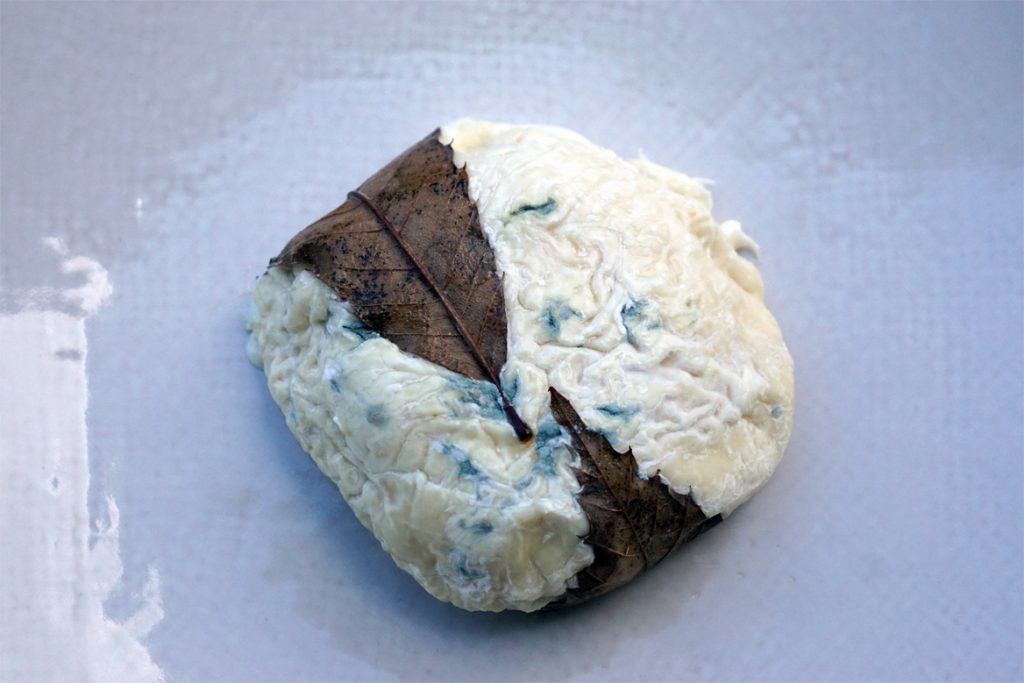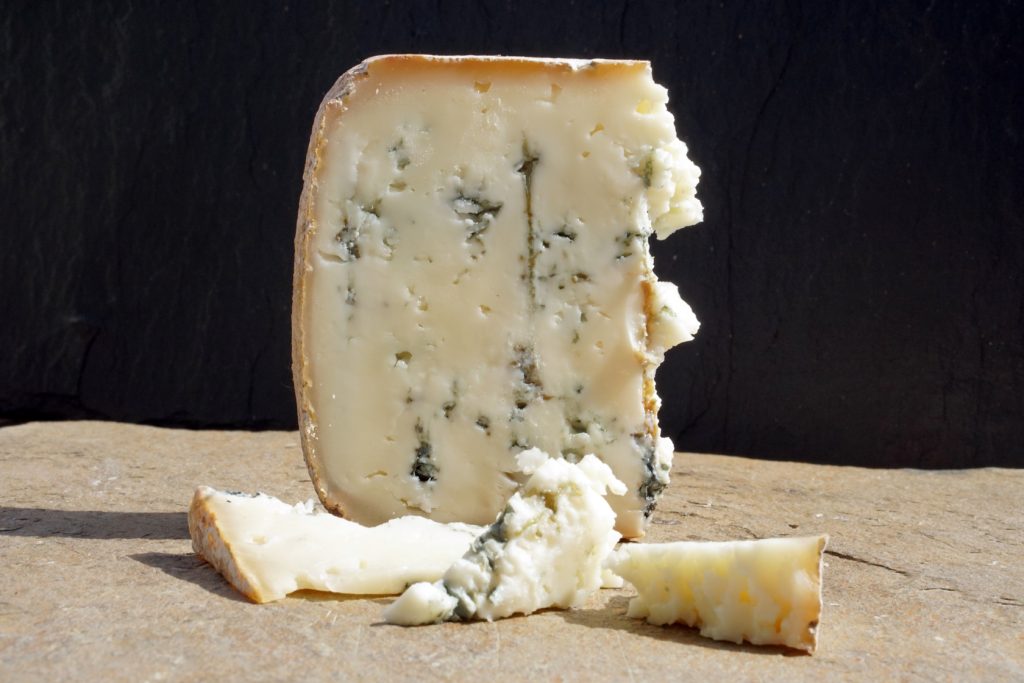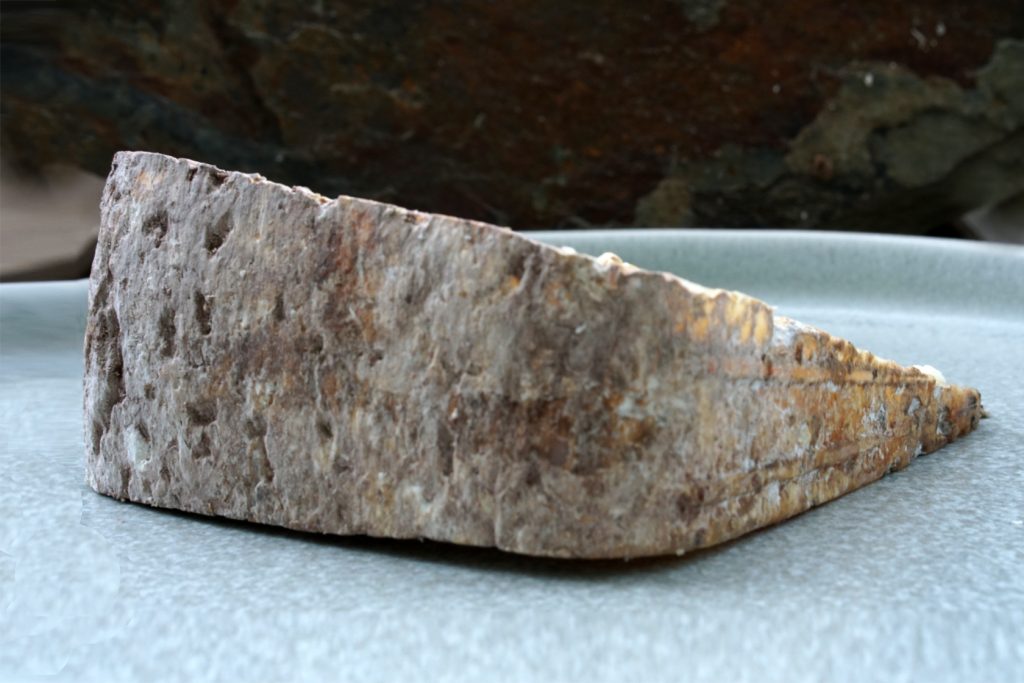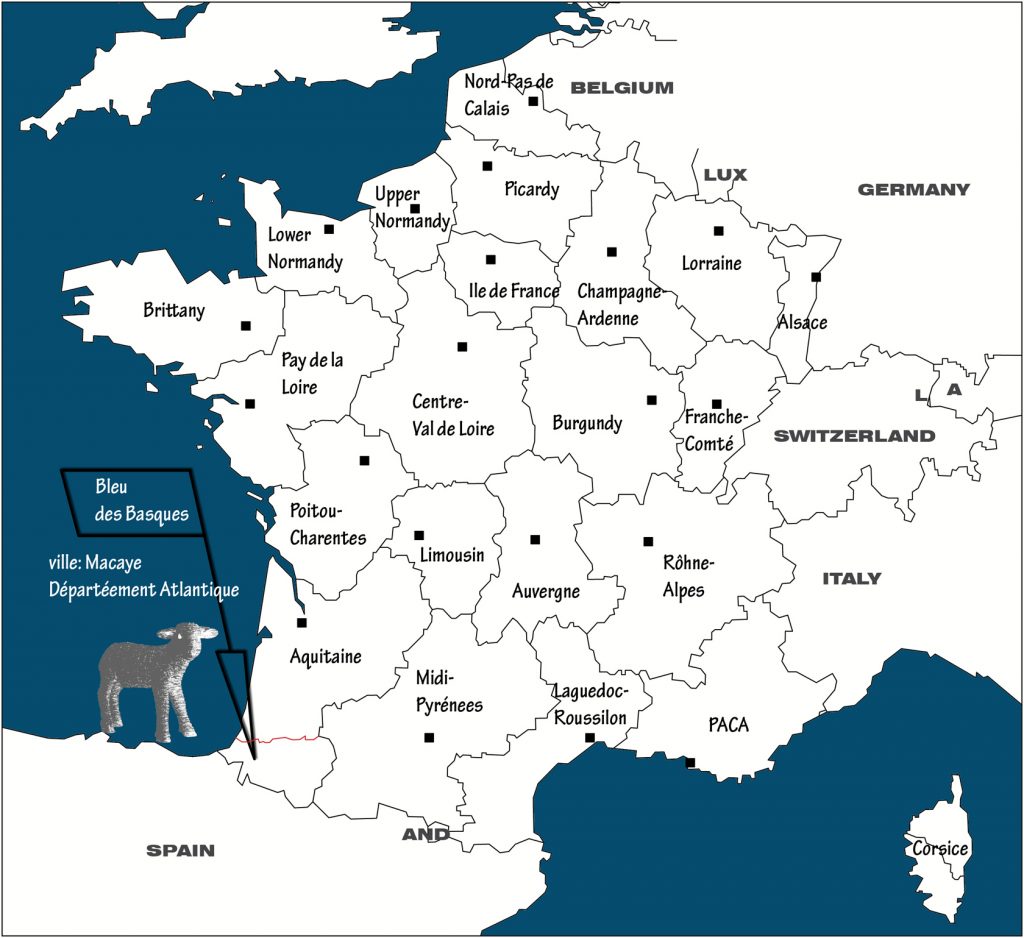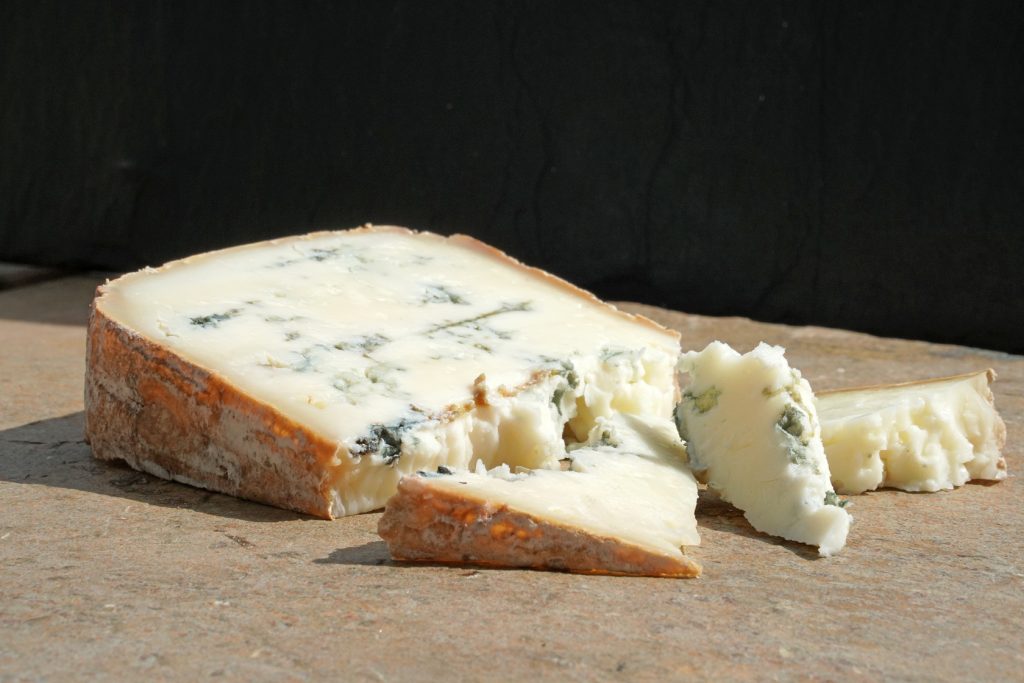Gustav and I are real blue cheese lovers, so whenever we are on a cheese hunt we make sure to also get at least one blue wonder. That´s just our thing I guess and we can´t really help it – and honestly why should we, right?
But before we reveal names and dive into the flavor profile of our latest find let me quickly equip you with some basic info about blue cheese:
Blue cheeses come in many types and can be made out of all kinds of milk – cow’s and buffalo’s, sheep’s or goat´’s. They come in creamy variations and encounter us in crumbly states. The rind can be non-existent like with *Roquefort*, or bloomy, or it can be hard as with our table companion for today; or the blue mold is not so much in the cheese as on the cheese, as with *Mothais sur Feuille* and her blue moldy coat.
But if it´s not the type of milk, or the look, or the taste that unifies the blue cheese family, what exactly holds them together?
History provides an answer to this question with a romantic anecdote of the forgetful young shepherd who, for reasons that are not worth narrating, left his lunch of bread and cheese in a cave, just to find the latter to be covered in blue mold when he finally returned.
Being hungry and (obviously) brave, the shepherd ate the transformed cheese and the myth concludes he spread the word of its deliciousness; and that´s how Roquefort´s ancestor was born.
Whether the story is true or not, the fact is that in the Roquefort region up to today (rye) bread is put into humid caves as a nourishing ground for Penicillium Roqueforti, a fungus that then gets pulverized and used in the production of blue cheese.
Penicillium Roqueforti , which also comes in laboratory versions, is added directly into the milk or, depending on the type of inner mold blue cheese, later on to the curd where it then is in charge of breaking down fats (creating flavor) and transforming proteins into amino acids (creating texture).
To ensure that P. Roqueforti has enough room for a shiny development, a mesophilic lactic culture that creates CO2 gas and puffs up the curd is used to start the milk and the unpressed cheeses; after being put into shape the cheeses then get pierced to let air flow through their loose curd and hence enhance the growth of the blue and green veins producing fungus.
But don´t worry this will not develop into a lecture on the chemistry of Blue cheese, so let´s loop back to the blue actress actually responsible for this post:
*Bleu des Basques*;
Made of pasteurized sheep´s milk and ripened for about 3 months, she marks the hard rind version within the inner mold blu cheese family.
Created in 2001 by cheese maker *Onetik* from Macaye, a little village right in the heart of the French Pyrenee-Basque territory she is a rather young member in the Onetik family and already in the year of her launch was awarded “saveur de l´année” (flavor of the year), a juried recommendation by consumers for consumers.
In comparison to some of her blue relatives, *Bleu des Basques* meets up with us in an openly friendly way. She wants to be our companion at a garden party and our romantic dinner date on a light summer night.
Innocently smooth, with a tender body she also offers a light and salty bash through little bouncy pearls and melts into hidden notes of dark chocolate and anis.
*Bleu des Basques* is a very versatile drinking companion and you can pair her with a fruity Riesling or go for a classic Port. But if you want to be a little more daring, try her with a sip of Gin and swing through the night.
Gustav rates *Bleu des Basques* 13/10 and says he wishes he wouldn´t have danced his share away quite so quickly.
Sources:
https://www.sciencedirect.com/topics/immunology-and-microbiology/penicillium-roqueforti


